Fix Windows Update Error 0x800f0900
Get Free Scanner and check your computer for errors
Fix It NowTo fix found issues, you have to purchase the full version of Combo Cleaner. Free trial available. Combo Cleaner is owned and operated by Rcs Lt, the parent company of PCRisk.com read more.
6 Ways to Fix Windows Update Error 0x800f0900 on Windows 10
The life cycle of Windows 10 is expected to be quite long, and Microsoft often releases various security updates, vulnerability patches, and cumulative updates to keep up with user demands. Unfortunately, many users have run into an error 0x800f0900, which prevents Windows from installing updates. This article is dedicated to helping you fix this error.
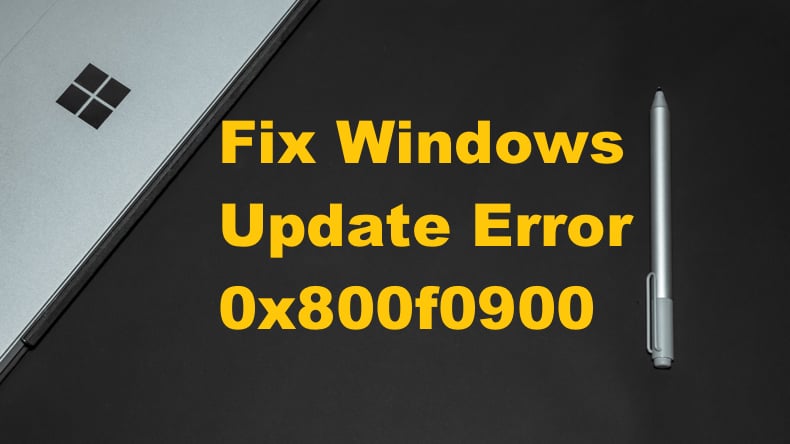
Error 0x800f0900 occurs when trying to install cumulative updates for Windows 10. Error 0x800f0900 translates to CBS_E_XML_PARSER_FAILURE (unexpected internal XML parser error), which means that some system files related to the update process are corrupt.
Error 0x800f0900 first started occurring on mass, beginning with the release of Windows 10 Version 1709. The error occurred less frequently with the later releases but wasn't solved definitively.
Many users have reported that they're unable to install specific updates, which include the following cumulative updates:
- 2018-03 Cumulative Update for Windows 10 Version 1709 for x64-based Systems (KB4088776)
- 2018-09 Cumulative Update for Windows 10 Version 1803 for x64-based Systems (KB4464218)
- 2019-04 Cumulative Update for Windows 10 Version 1803 for x64-based Systems (KB4493437)
- 2019-05 Cumulative Update for Windows 10 Version 1803 for x64-based Systems (KB4499167)
This issue continued to persist up to Windows 10 versions 1903 and 1909. You may get error code 0x800f0900 due to corrupted system files, particularly Windows Database files.
The underlying causes for the files becoming corrupt are disabled Windows update-related services, corrupt Windows Update cache, unstable Internet connection, Windows Firewall interference, and obsolete device drivers.
If you can't update Windows 10 due to error 0x800f0900, we invite you to try the solutions provided below to fix this error.
Video Guide on How to Fix Windows Update Error 0x800f0900
Table of Contents:
- Introduction
- Solution 1. Install the Update Manually
- Solution 2. Use Windows 10 Update Assistant
- Solution 3. Run the Windows Update Troubleshooter
- Solution 4. Run the System File Checker (SFC) Scan
- Solution 5. Run the Deployment Image & Servicing Management (DISM) Scan
- Solution 6. Restart Windows Update Services
- Video Guide on How to Fix Windows Update Error 0x800f0900
Download Computer Malware Repair Tool
It is recommended to run a free scan with Combo Cleaner - a tool to detect viruses and malware on your device. You will need to purchase the full version to remove infections. Free trial available. Combo Cleaner is owned and operated by Rcs Lt, the parent company of PCRisk.com read more.
Solution 1. Install the Update Manually
If you just want to work around the issue causing Windows Update Error 0x800f0900, you can try downloading and installing the cumulative update that's triggering the error manually.
To install a cumulative or any Windows update manually, you have to go to the Microsoft Update Catalog webpage and search for the update using its code (e.g., KB5001330).
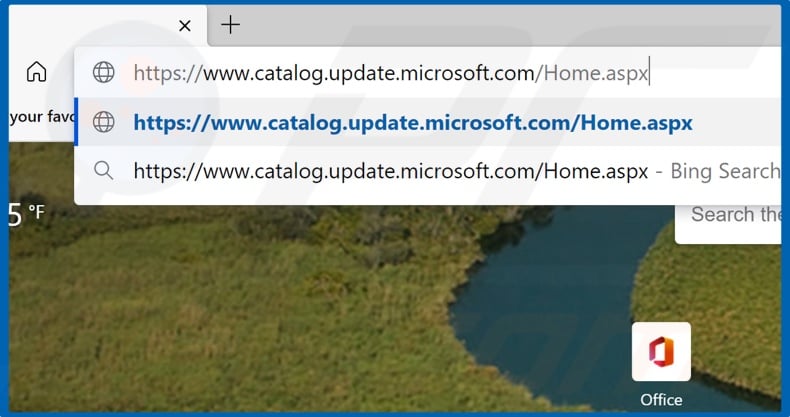
1. Open your browser and go to the Microsoft Update Catalog webpage.
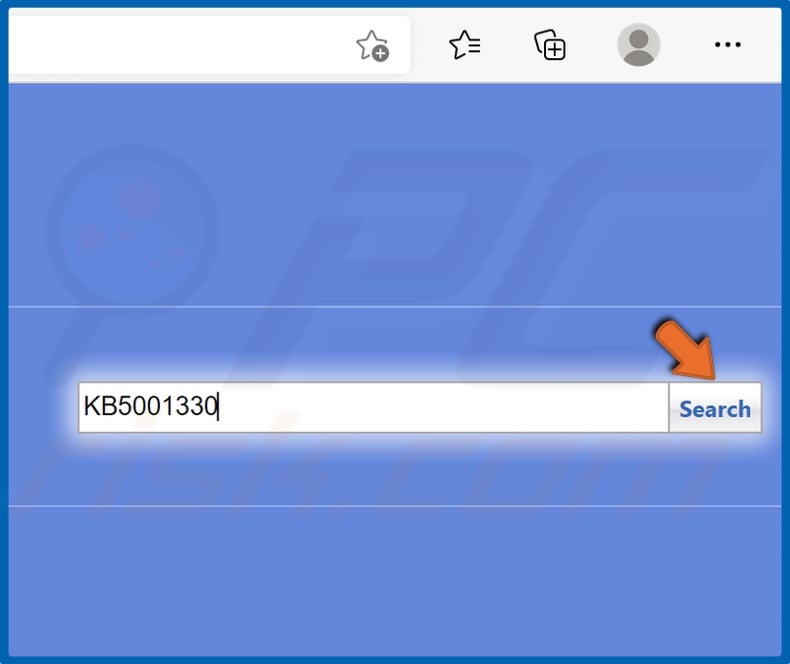
2. In the search box at the top right of the window, type in the KB (Knowledge Base) code (e.g. KB5001330) and click Search.
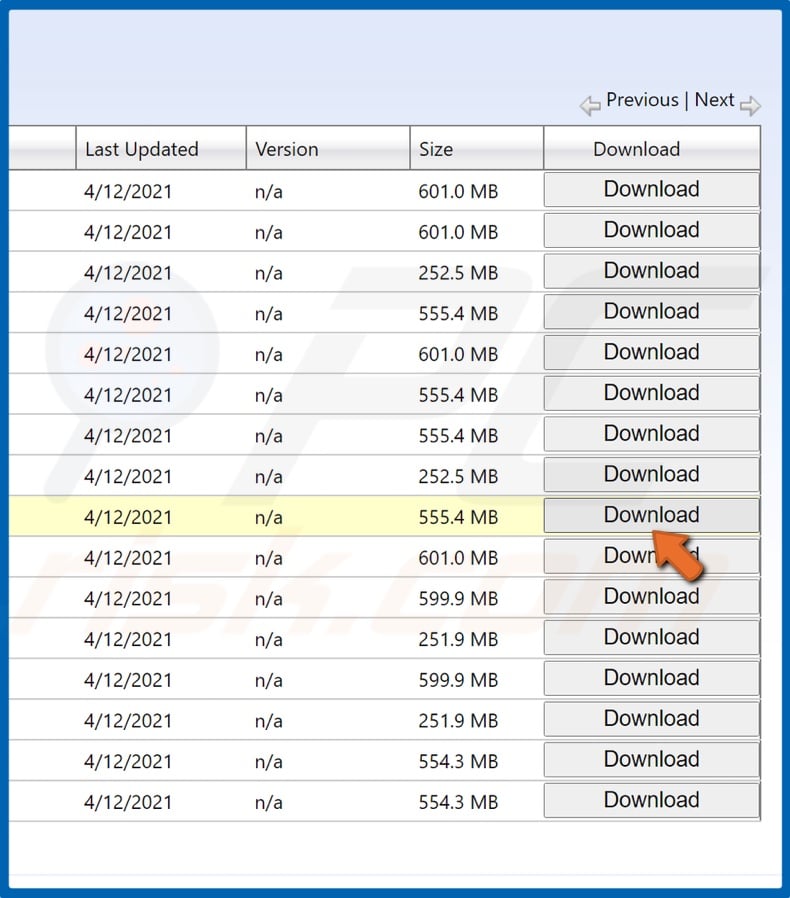
3. Then, select the version for your operating system and CPU architecture, and click Download.
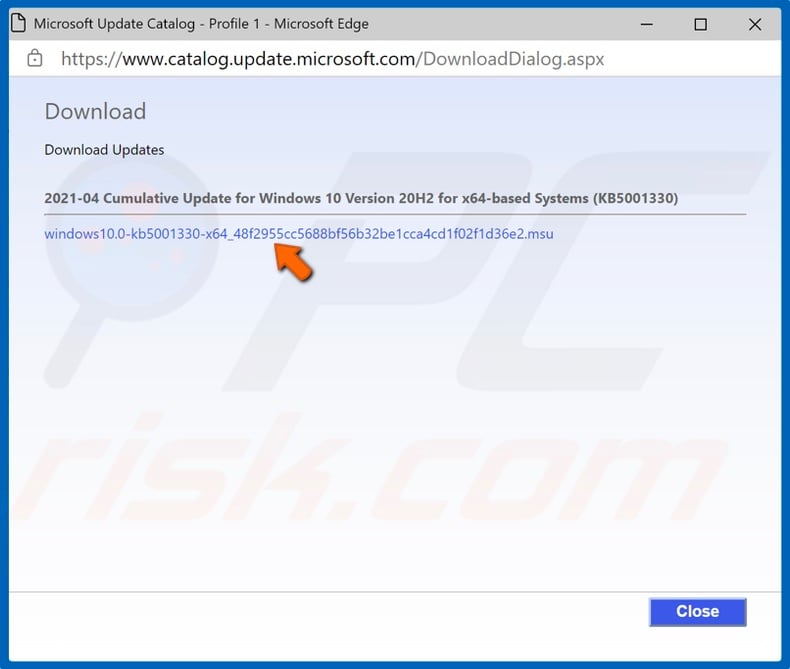
4. A new window will open. Click the update link, and the update will begin downloading.
5. Once the update has been downloaded, run its installer.
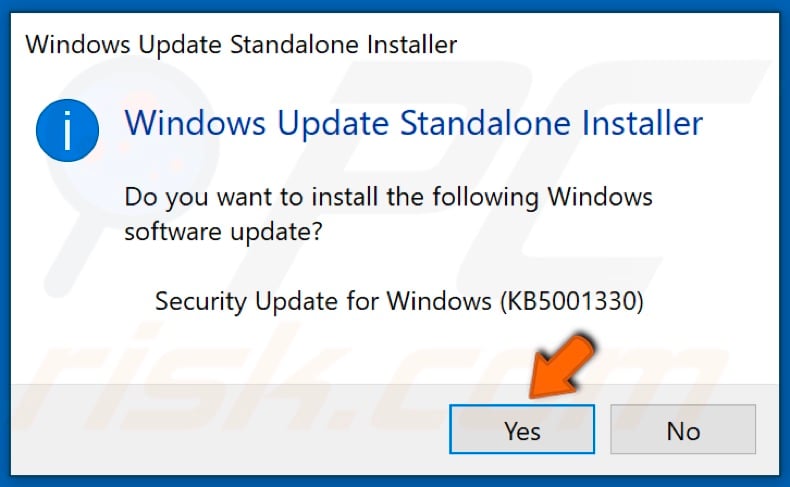
6. The installer will scan your PC for updates and then ask whether you want to install the update. Click Yes.
7. The Standalone installer will begin installing the update.
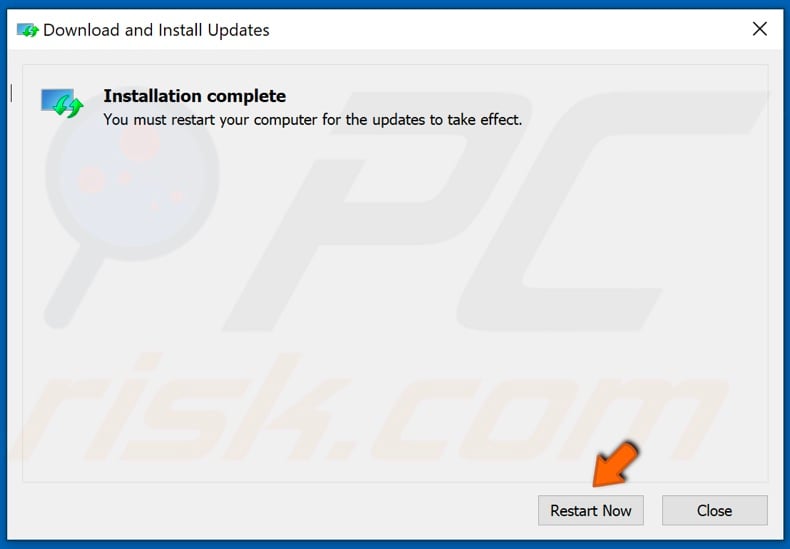
8. Once the update is installed, click Restart Now.
Solution 2. Use Windows 10 Update Assistant
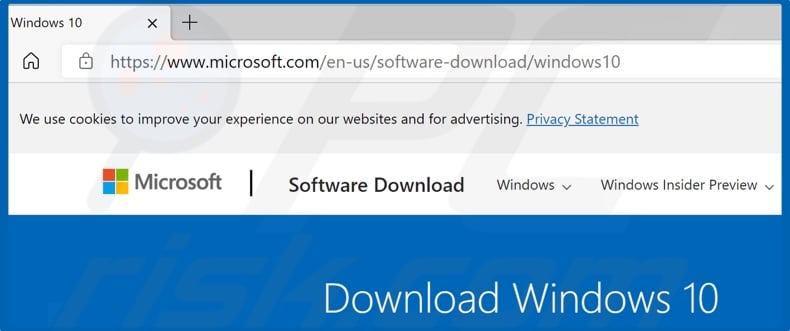
1. Open your browser and go to the Windows 10 Update Assistant download page.
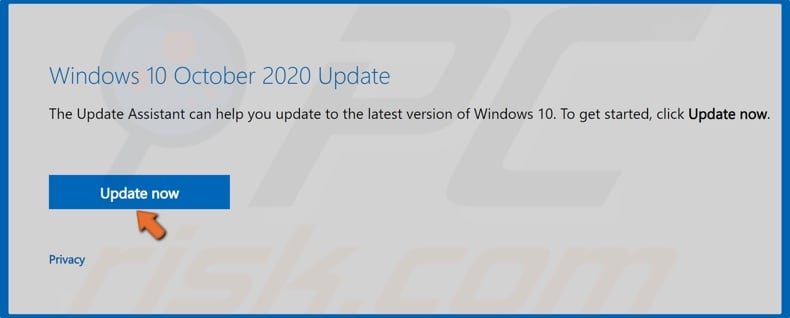
2. Click the Update now button to download the Windows 10 Update Assistant.
3. Run the Update Assistant.
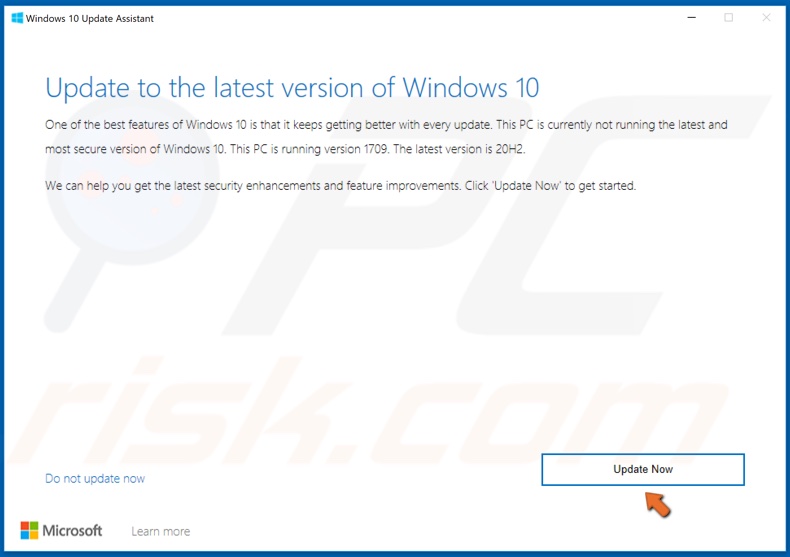
4. The Windows 10 Update Assistant will check your Windows version. Then, click Update Now.
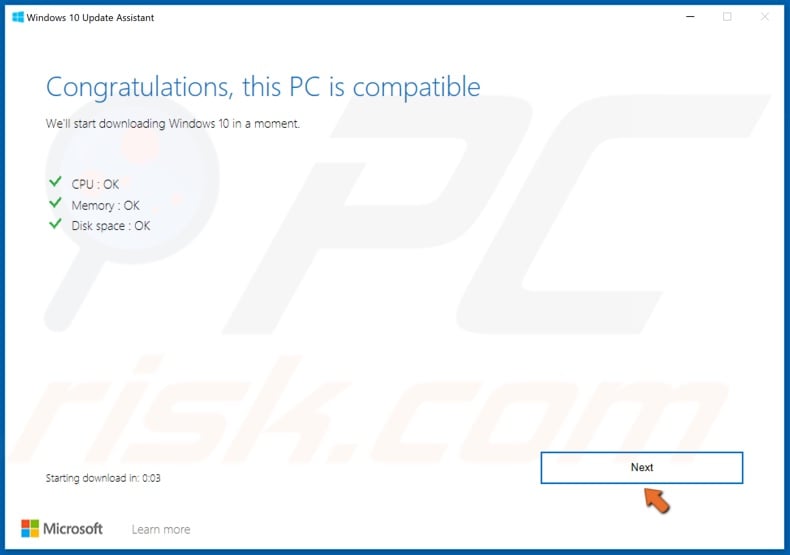
5. Then, click Next.
6. Wait for Windows to update. Take note that the update process may take a long time.
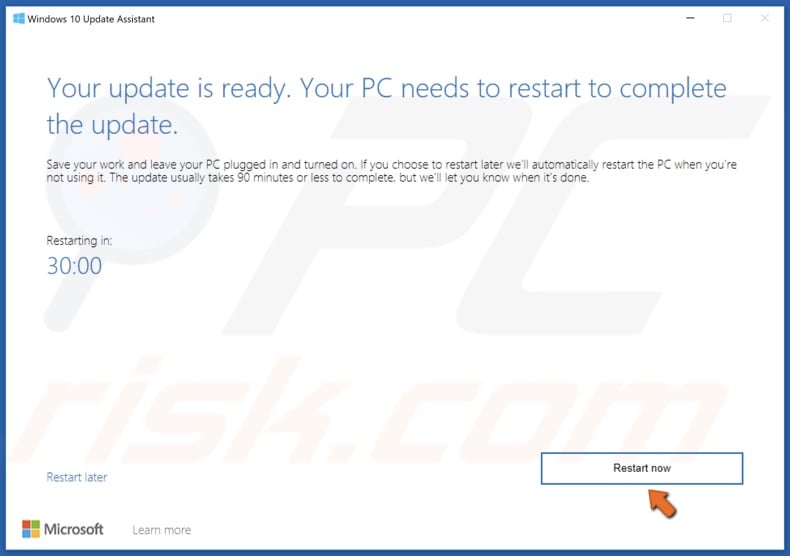
7. Click Restart now when prompted.
Solution 3. Run the Windows Update Troubleshooter
The Windows Update Troubleshooter was specifically designed to fix errors such as error 0x800f0900.
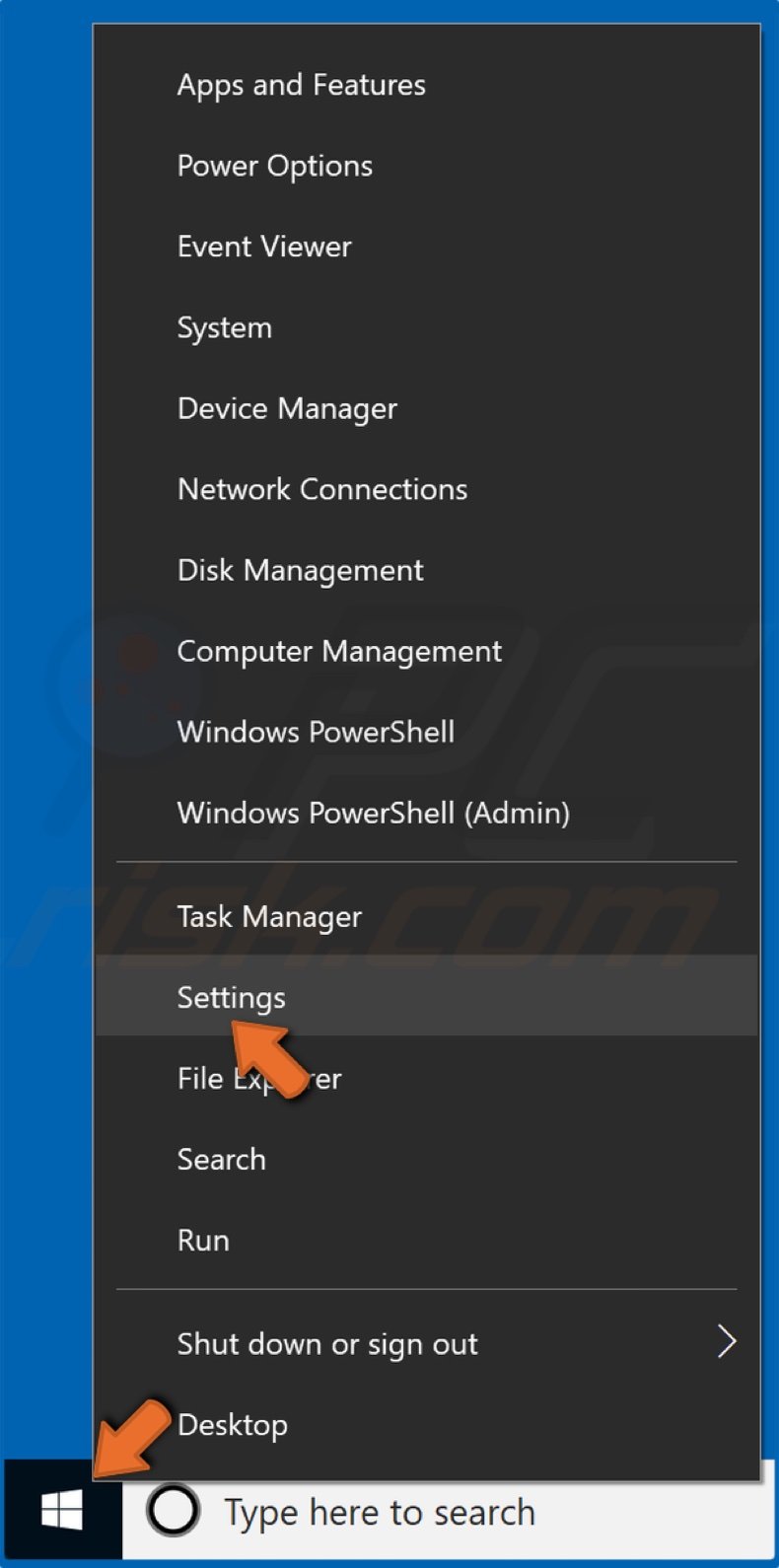
1. Right-click the Start Menu button and select Settings.
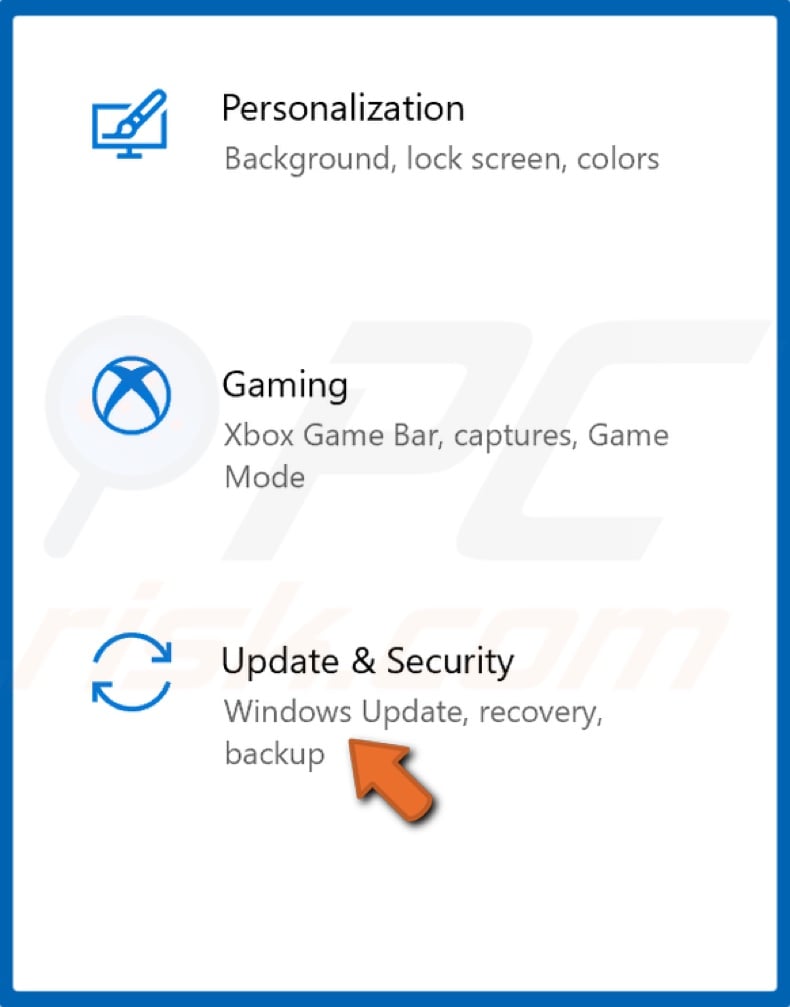
2. Select Update & Security.
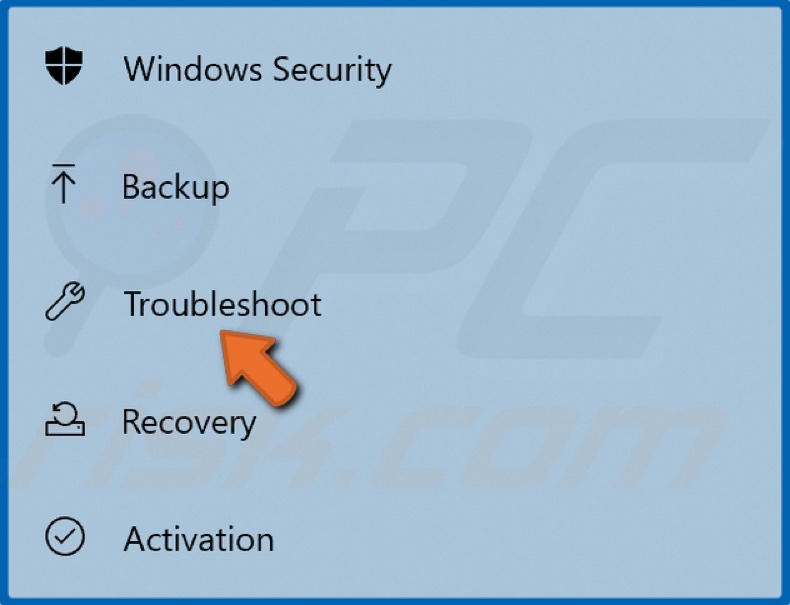
3. Click Troubleshoot.
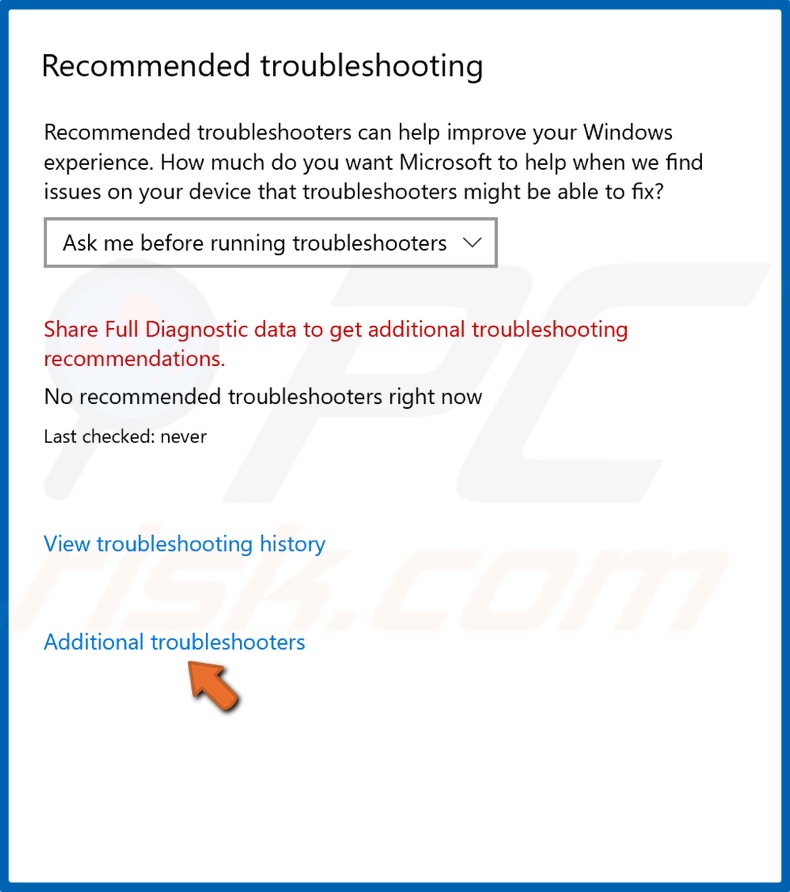
4. Then, select Additional troubleshooters.
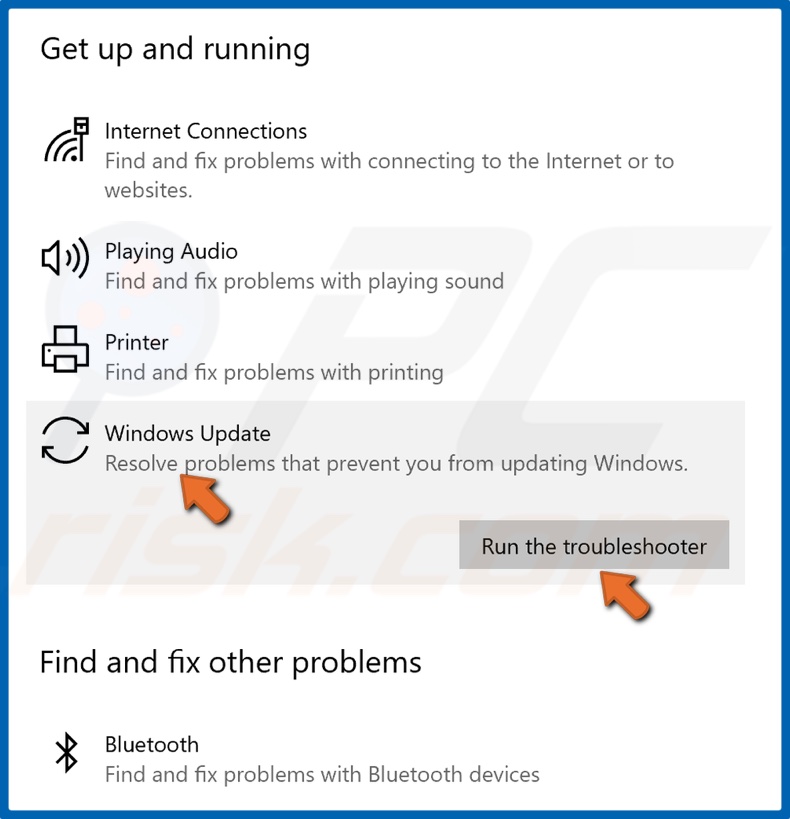
5. Under the Get up and running section, select Windows Update.
6. Click Run the troubleshooter.
7. The Troubleshooter will scan the service for issues and apply fixes automatically.
Solution 4. Run the System File Checker (SFC) Scan
1. Hold down Windows+R keys to open the Run dialog.
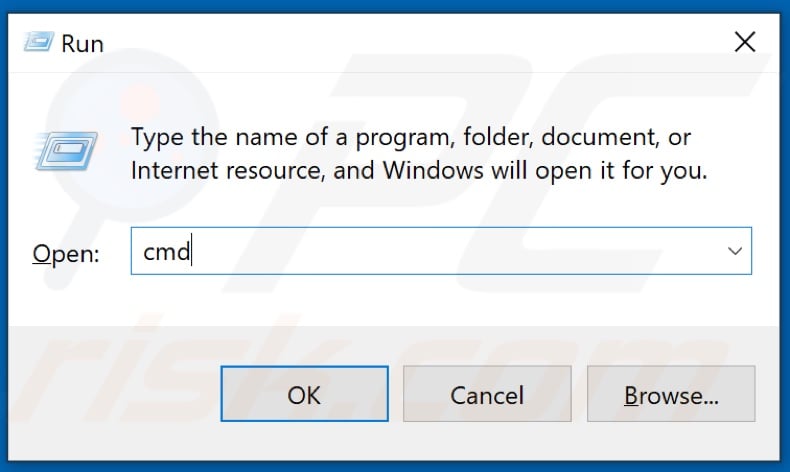
2. Type in CMD in the Run dialog box and hold down Ctrl+Shift+Enter keys to open the elevated Command Prompt.
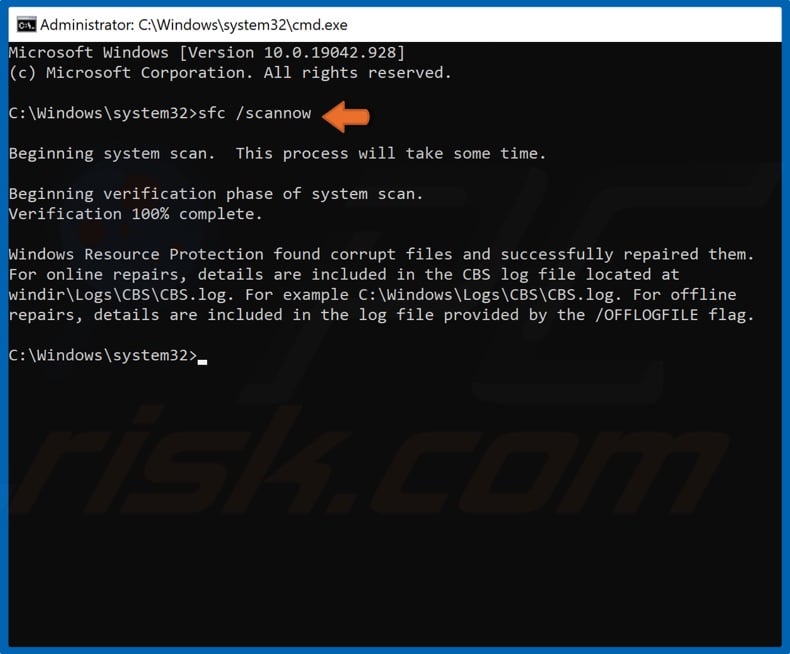
3. In the Command Prompt window, type in sfc /scannow command and hit the Enter key.
4. Once the scan has been completed, restart your PC.
Solution 5. Run the Deployment Image & Servicing Management (DISM) Scan
1. Hold down Windows+R keys to open the Run dialog.

2. Type in CMD in the Run text box and hold down Ctrl+Shift+Enter keys to open the elevated Command Prompt.
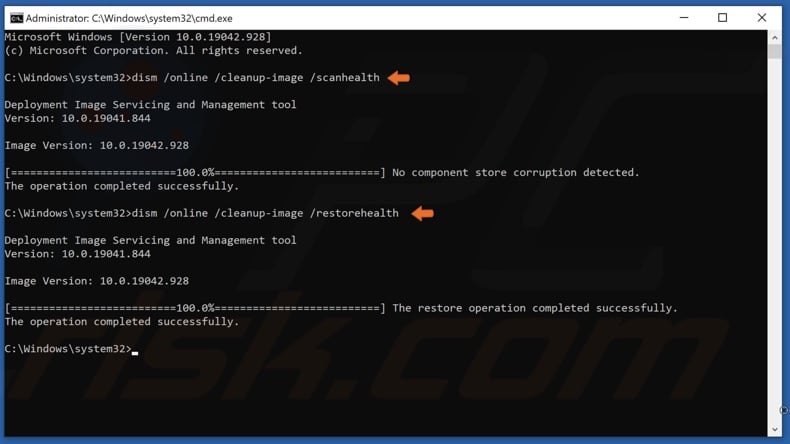
3. In the Comand Prompt window, type in DISM /Online /Cleanup-Image /ScanHealth and hit the Enter key. This parameter will scan the component store for corruption.
4. Type in the DISM /Online /Cleanup-Image /RestoreHealth command and hit the Enter key.
5. Once the process has been completed, try updating Windows 10.
Solution 6. Restart Windows Update Services
1. Hold down Windows+R keys to open the Run dialog.

2. Type in CMD in the text box and hold down Shift+Ctrl+Enter keys to open the elevated Command prompt.
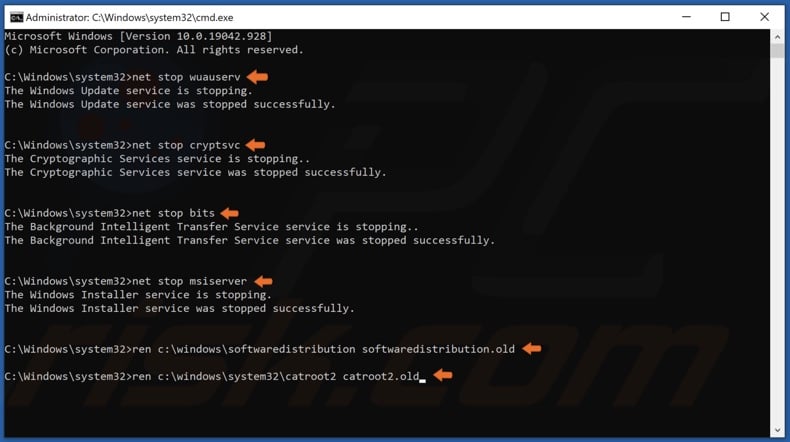
3. Here, you will have to stop BITS, Cryptographic, MSI Installer, and Windows Update services. Type in the commands listed below and hit Enter after entering each one:
- net stop wuauserv
- net stop cryptSvc
- net stop bits
- net stop msiserver
Once the services have been disabled, rename the SoftwareDistribution and Catroot2.
4. Type in ren C:\Windows\SoftwareDistribution SoftwareDistribution.old and hit Enter.
5. Then, type in ren C:\Windows\System32\catroot2 Catroot2.old and hit Enter.
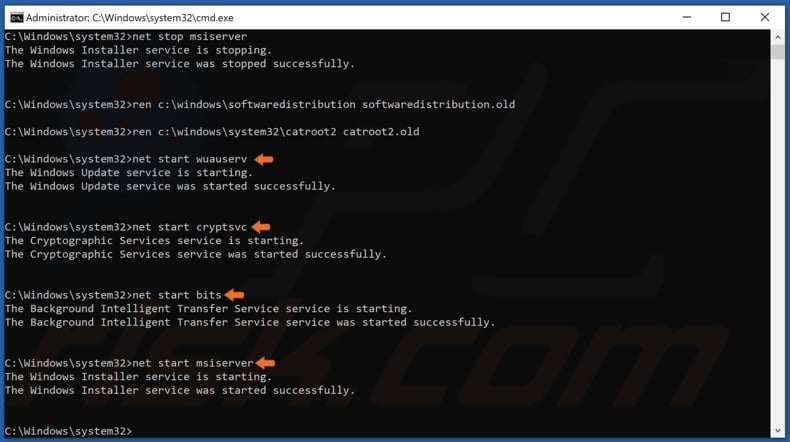
6. Restart BITS, Cryptographic, MSI Installer, and Windows Update services. Type in the commands listed below and hit Enter after entering each one:
- net start wuauserv
- net start cryptSvc
- net start bits
- net start msiserver
7. Try updating Windows to see if the problem was fixed.
Share:

Rimvydas Iliavicius
Researcher, author
Rimvydas is a researcher with over four years of experience in the cybersecurity industry. He attended Kaunas University of Technology and graduated with a Master's degree in Translation and Localization of Technical texts. His interests in computers and technology led him to become a versatile author in the IT industry. At PCrisk, he's responsible for writing in-depth how-to articles for Microsoft Windows.

▼ Show Discussion